Since I’m supposed to be flying to St. Maarten today, this is a good time to show how to land there. It’s quite an experience. Princess Julianna International Airport serves the Caribbean island officially split between the Dutch side (Sint Maarten) and the French side (Saint Martin). It’s often called the most interesting airport landing in the world.
Back in 2016 we took a fantastic Caribbean cruise on Windstar cruise lines, beginning and ending at the port in Philipsburg, St. Maarten. In between, the Wind Surf, our 5-mast sailing ship, took us to Barbuda, Dominica, St. Lucia, Guadeloupe, St. Kitts, and St. Barths. It was an amazing trip. You can read previous posts by clicking here and scrolling down.
Upon our return to St. Maarten we decided to visit Maho Beach before heading to the airport for our flight home. Maho is a beautiful small beach whose sun and sand (and beachside bar) is second in famousness to its location at the foot of the major runway of the island’s airport. Often, sunbathers are outnumbered by budding photographers vying to take selfies as the commercial planes land over their shoulder. Like, right over your shoulder. People have occasionally been struck by landing gear, although admittedly only when stupid enough to stand on someone else’s shoulders to get a bit higher. But the fact is the planes come in low.
Equally dumb are the people who intentionally line up against the fence so they can say they got blown down by the blast of jets taking off a mere few dozen yards away. [Hint: The Danger sign is there for a purpose, as the families of those killed by jet-propelled stones can attest.] We took the incoming photos and videos from the beach but were wise enough to stand to the side to watch jets take off.
All of this reminiscing is somewhat bittersweet as, alas, we won’t be flying back into St. Maarten today after all. The new Windstar cruise we have been waiting months to enjoy was cancelled at the last moment due to engine trouble (given that this also is a sailing vessel, the irony is not lost on us that a mechanical problem killed the trip). This one was to take us from St. Maarten to the ABC islands (Aruba, Bonaire, Curacao), plus Cartagena (Colombia) and Panama. We’ll reschedule and likely do this trip at a future date, but this week we’ll instead be “enjoying” colder climes.
So far our science traveling schedule is open ended for 2020 pending some important professional decisions, but we have plenty of “big trip” options in mind. Stay tuned.
David J. Kent is an avid science traveler and the author of Lincoln: The Man Who Saved America, in Barnes and Noble stores now. His previous books include Tesla: The Wizard of Electricity and Edison: The Inventor of the Modern World and two specialty e-books: Nikola Tesla: Renewable Energy Ahead of Its Time and Abraham Lincoln and Nikola Tesla: Connected by Fate.
Check out my Goodreads author page. While you’re at it, “Like” my Facebook author page for more updates!



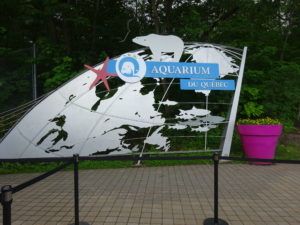 I have been to
I have been to 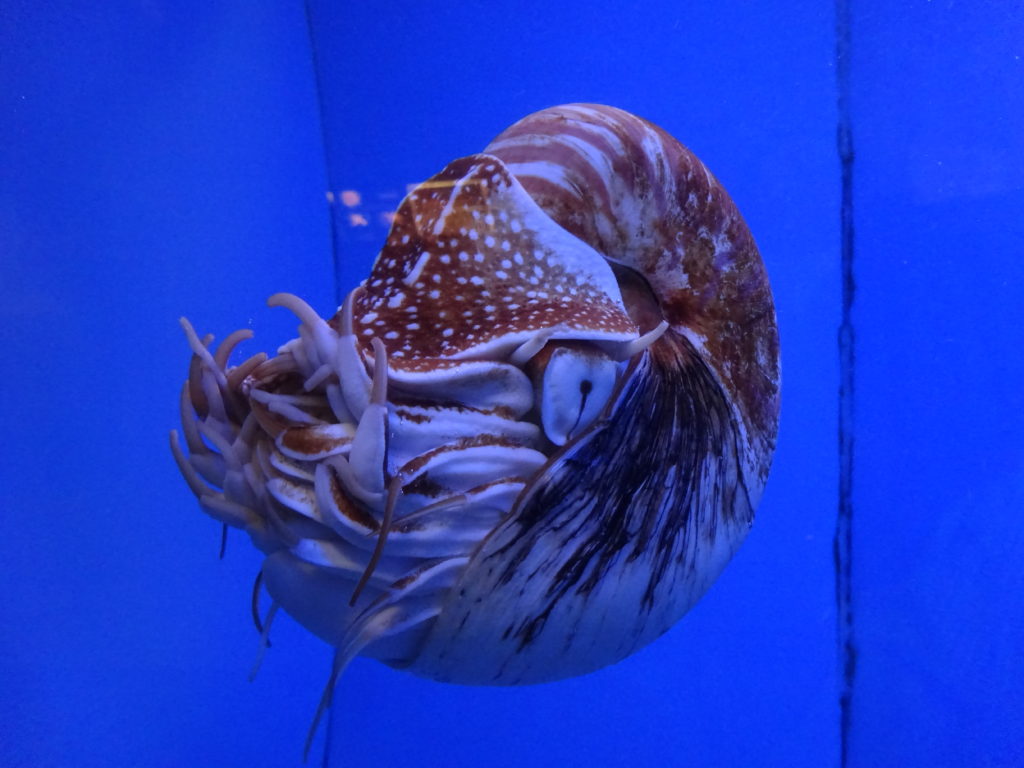
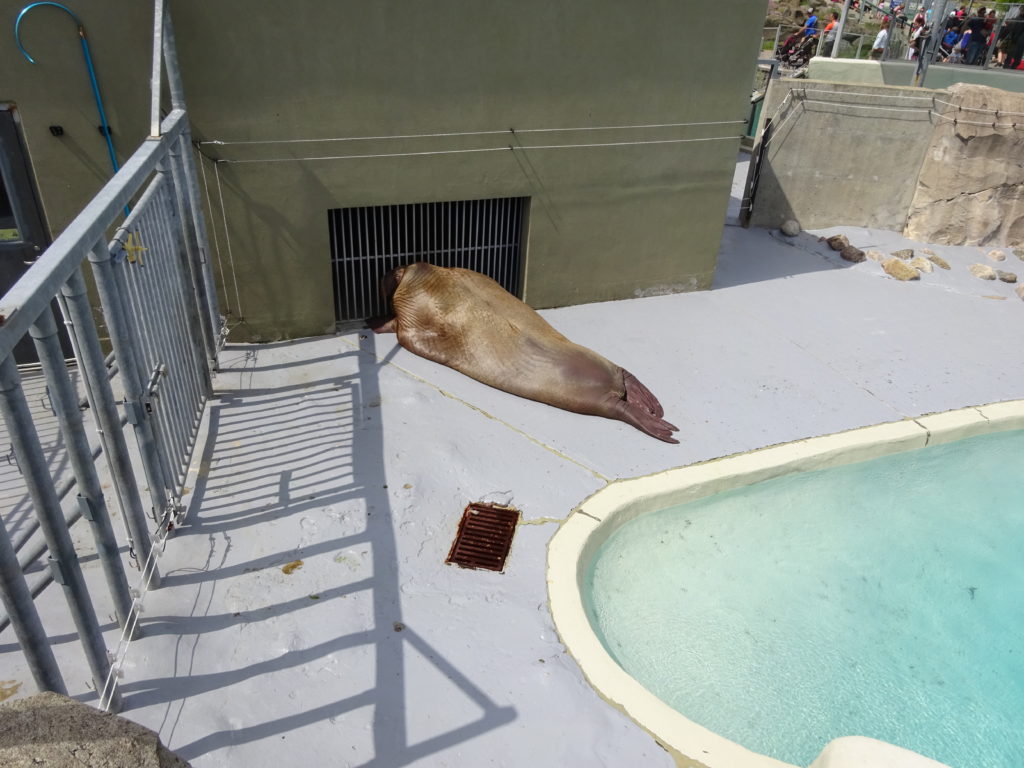
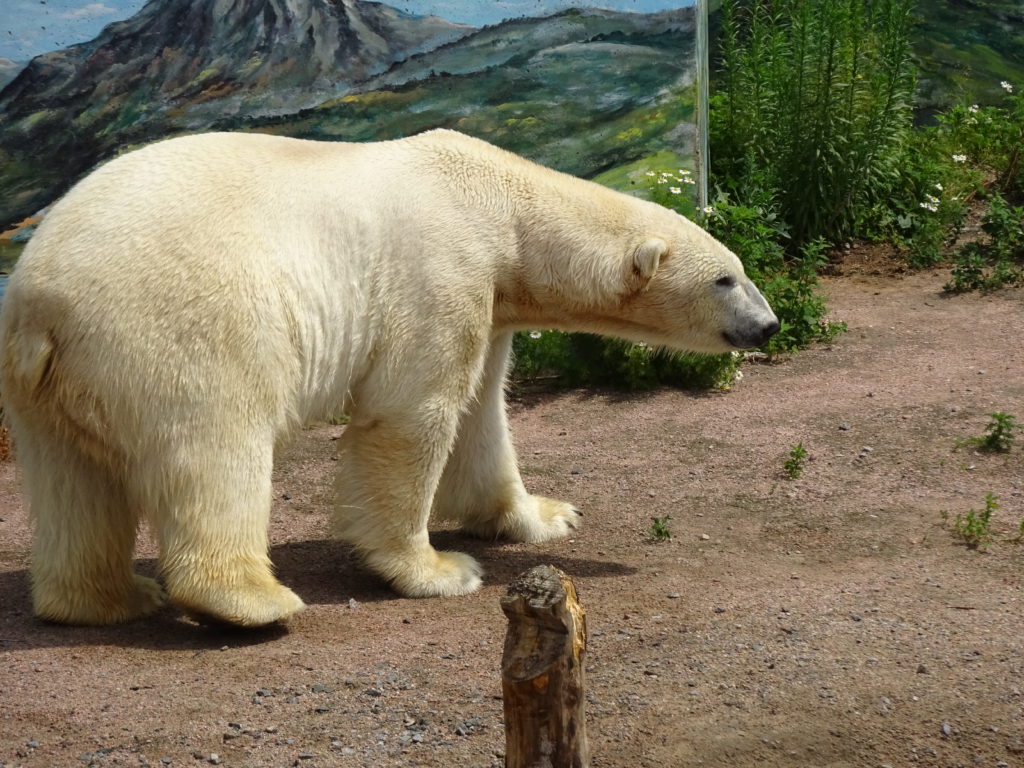
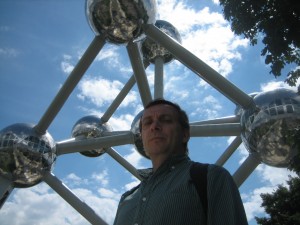 An old post popped into my feed recently and it reminded me of when I lived in Brussels. At the time I began a travelogue of sorts on a now defunct social media writing site. I’ve posted a few updated snippets here on Science Traveler. As I wrote in my introductory post:
An old post popped into my feed recently and it reminded me of when I lived in Brussels. At the time I began a travelogue of sorts on a now defunct social media writing site. I’ve posted a few updated snippets here on Science Traveler. As I wrote in my introductory post: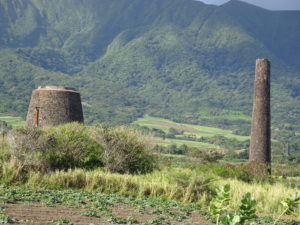 St. Kitts is the larger of two islands that make up the nation of St. Kitts and Nevis. Nevis is most famous for being the birthplace of Alexander Hamilton, the musical about whom I recently saw in Chicago. While St. Kitts is now a tourist mecca, the island is best known for its dominant position in the colonial sugar trade. Lesser known is that St. Kitts also was a major hub in the slave trade.
St. Kitts is the larger of two islands that make up the nation of St. Kitts and Nevis. Nevis is most famous for being the birthplace of Alexander Hamilton, the musical about whom I recently saw in Chicago. While St. Kitts is now a tourist mecca, the island is best known for its dominant position in the colonial sugar trade. Lesser known is that St. Kitts also was a major hub in the slave trade.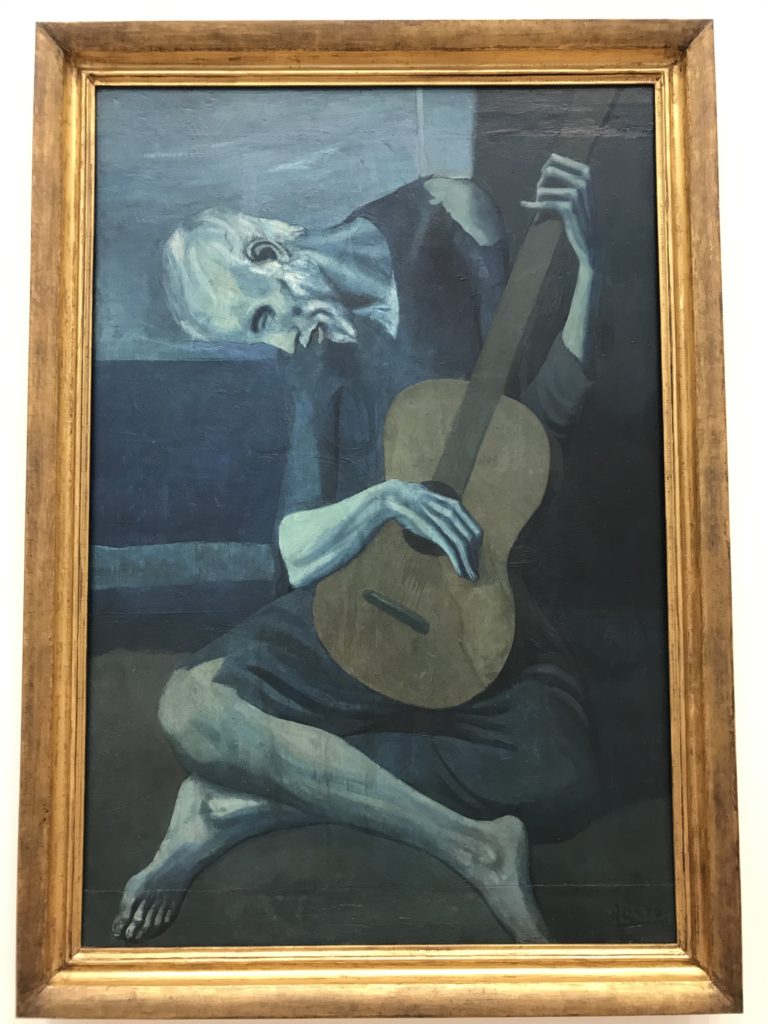
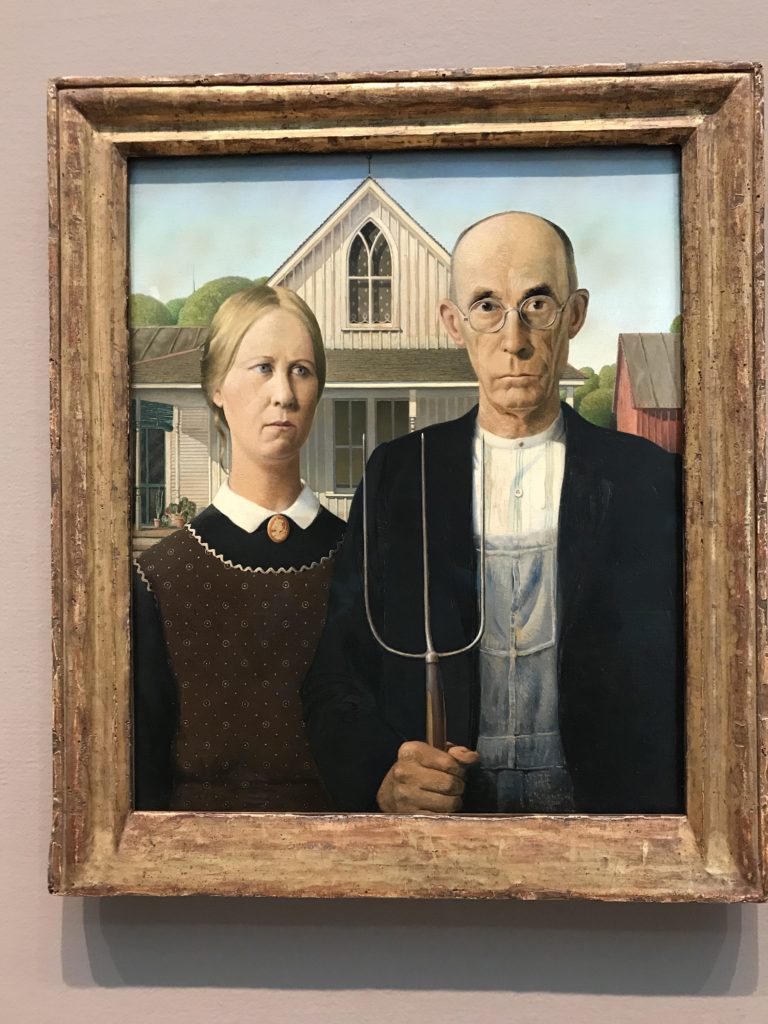
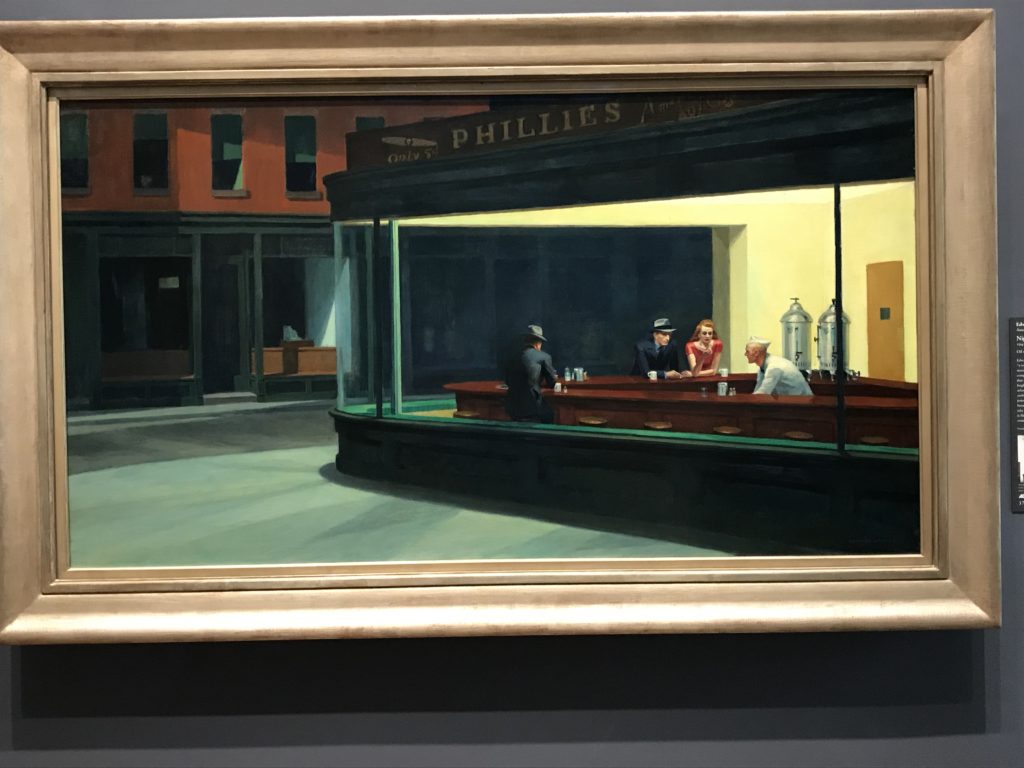
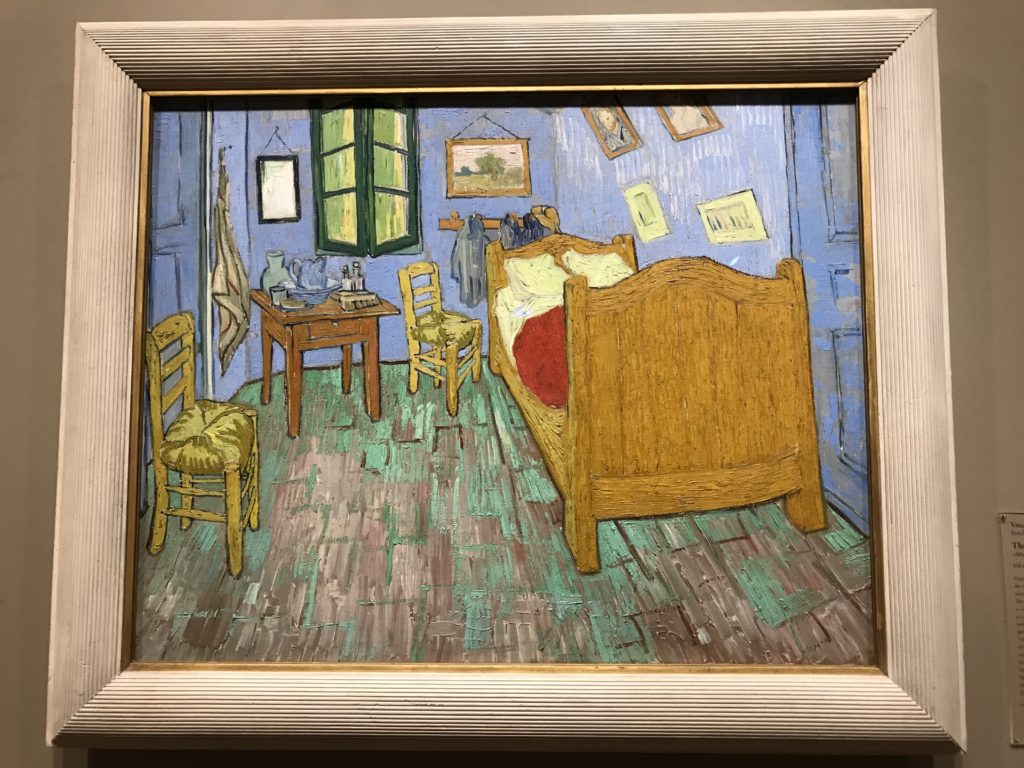
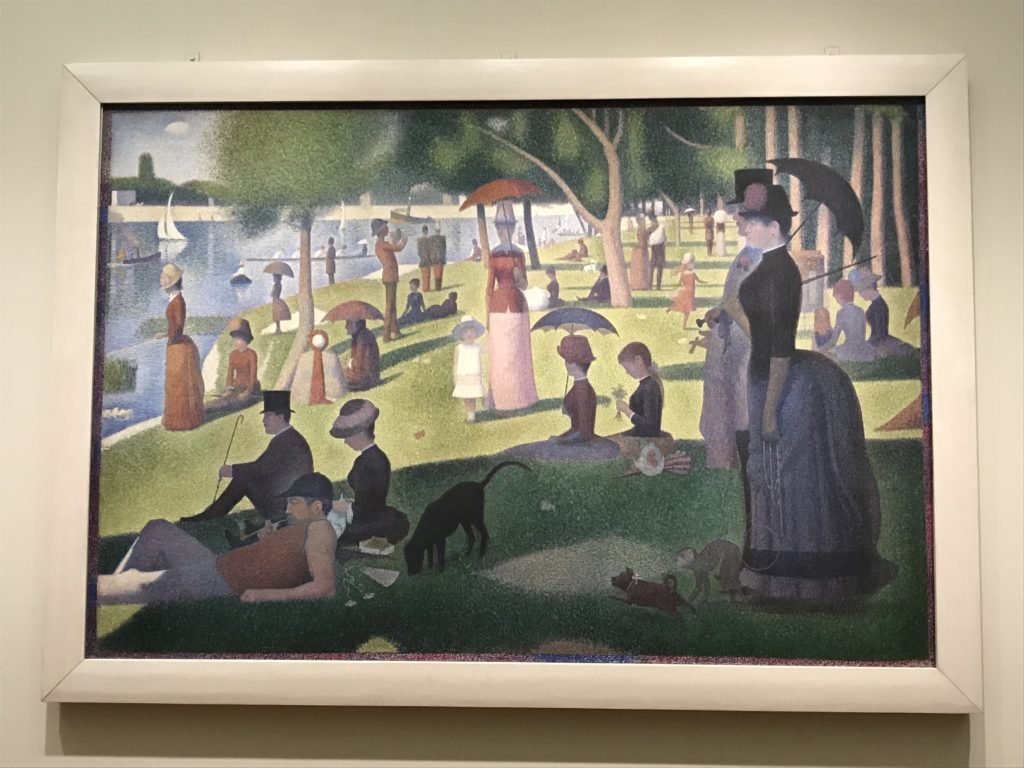
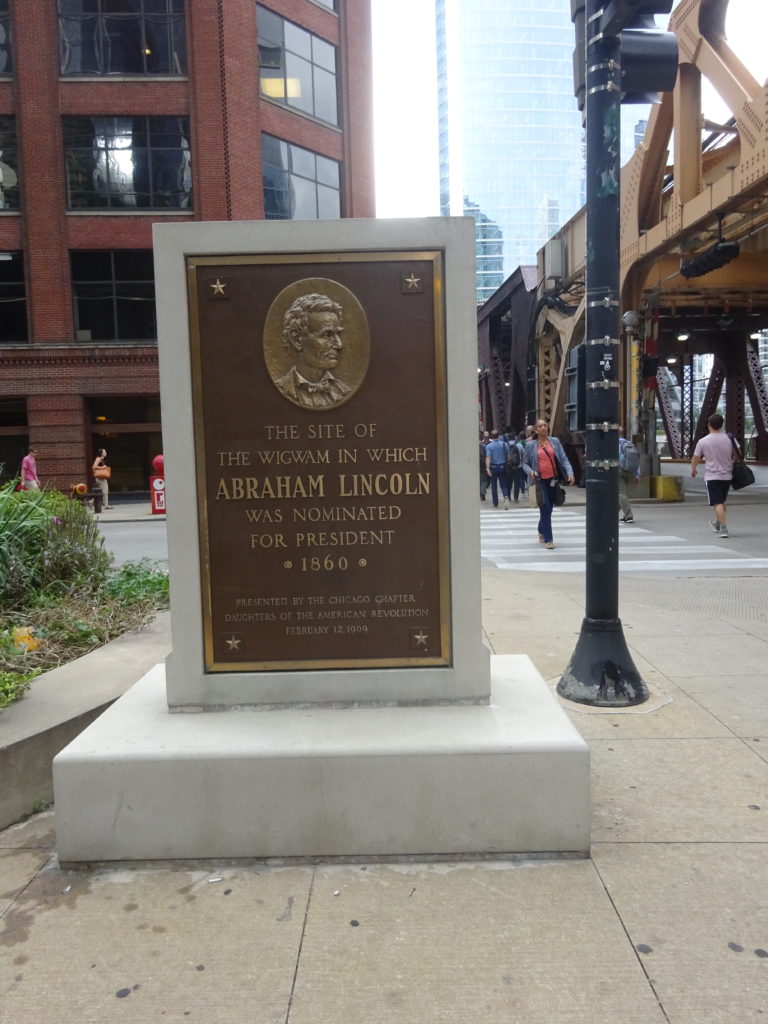
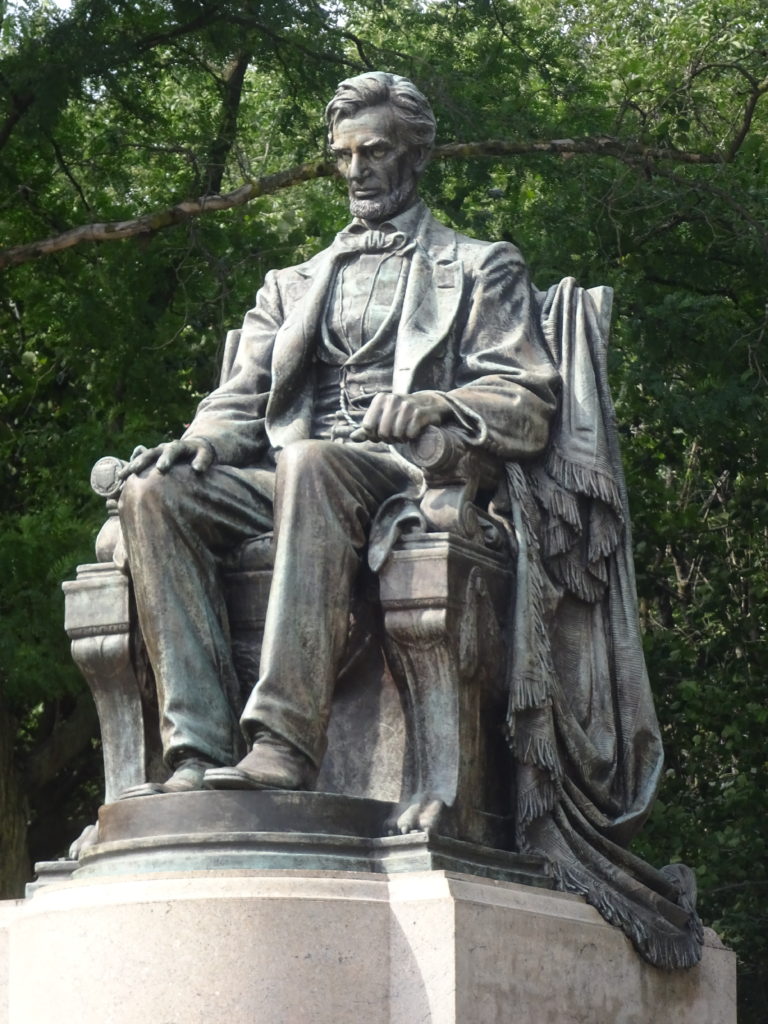
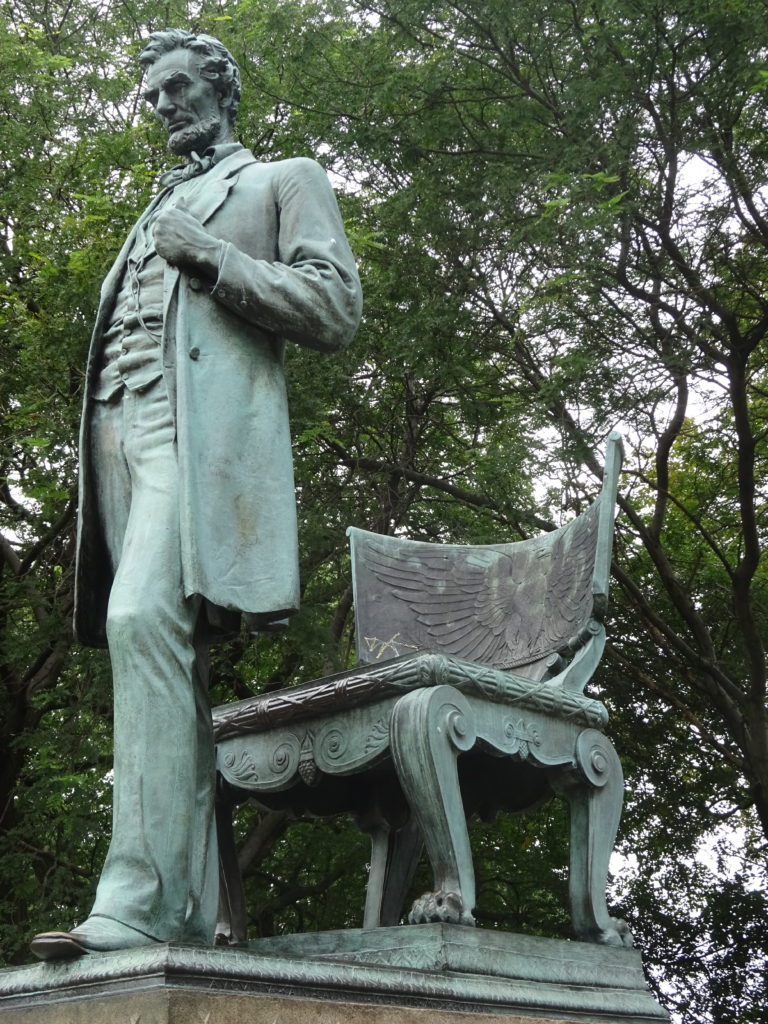
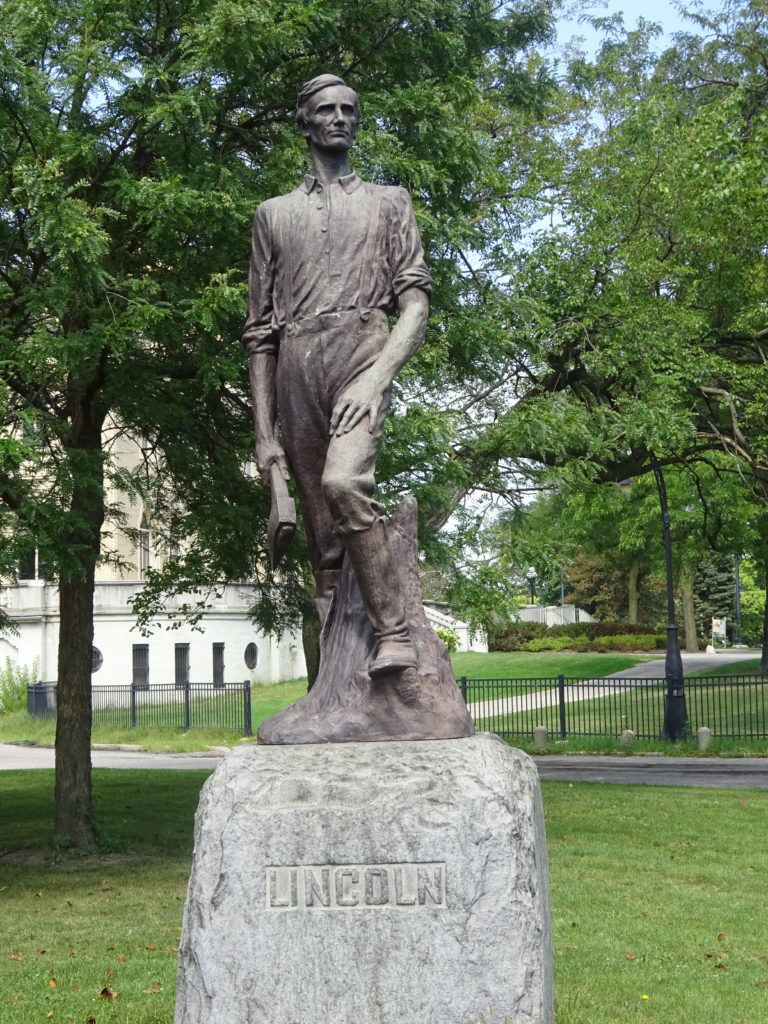
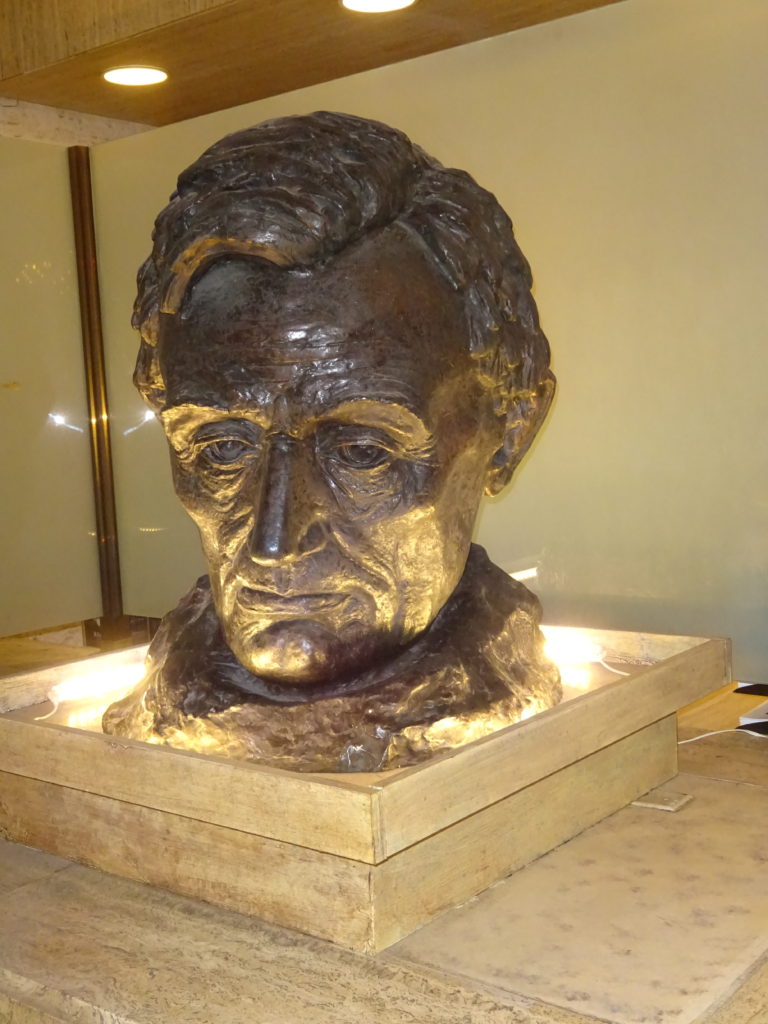
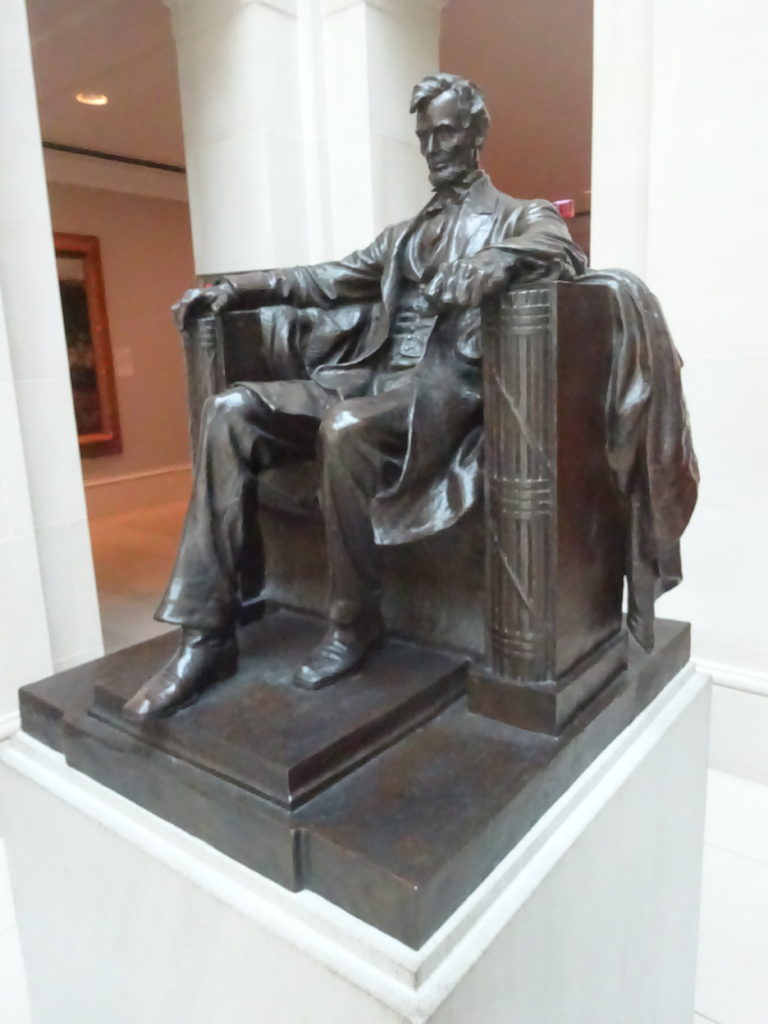
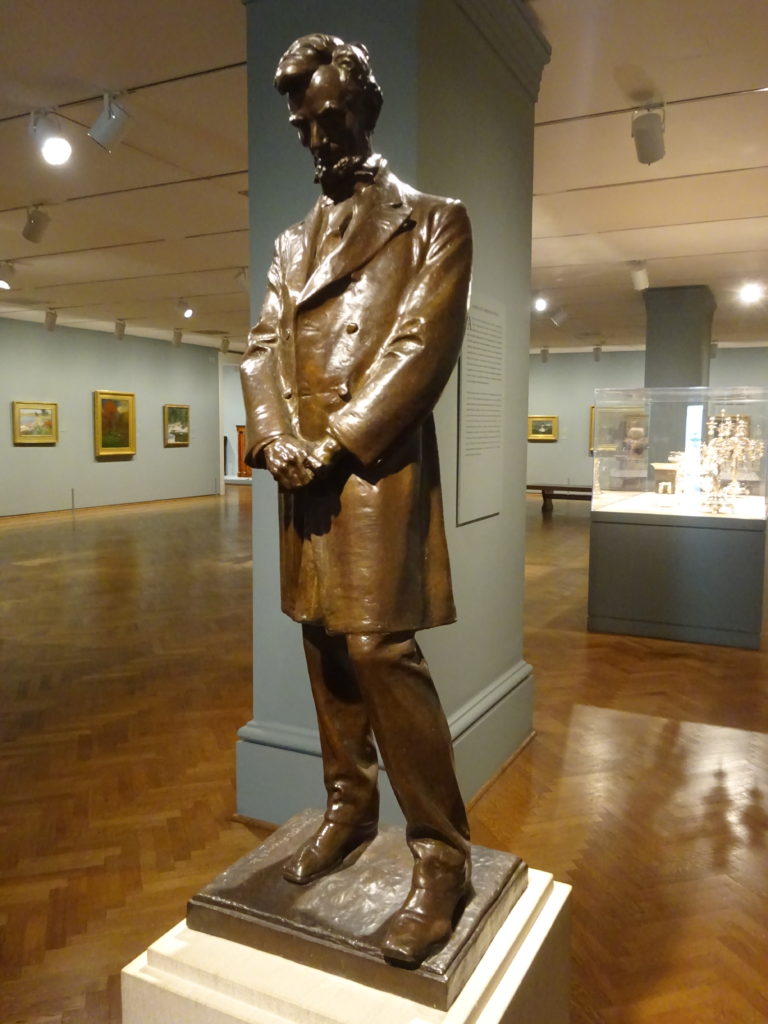


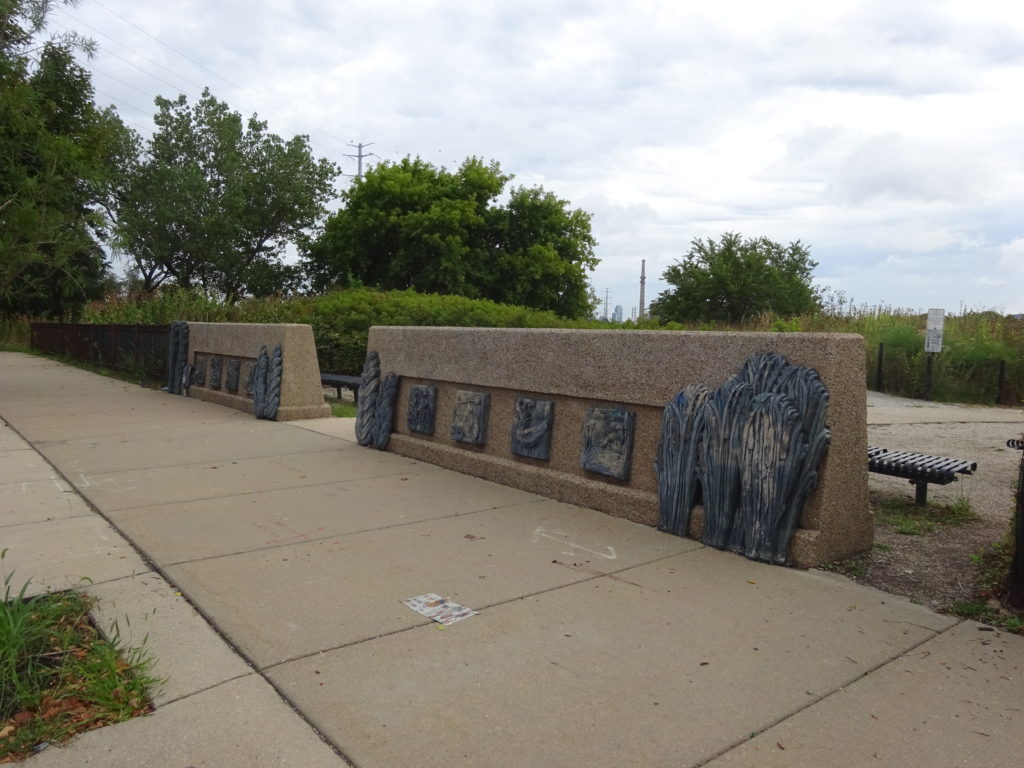
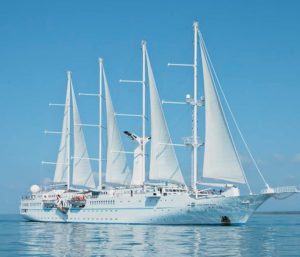 It seems my travel this year has been heavy on places starting with “C.” Soon I’ll add Caribbean Cruise on one of the
It seems my travel this year has been heavy on places starting with “C.” Soon I’ll add Caribbean Cruise on one of the 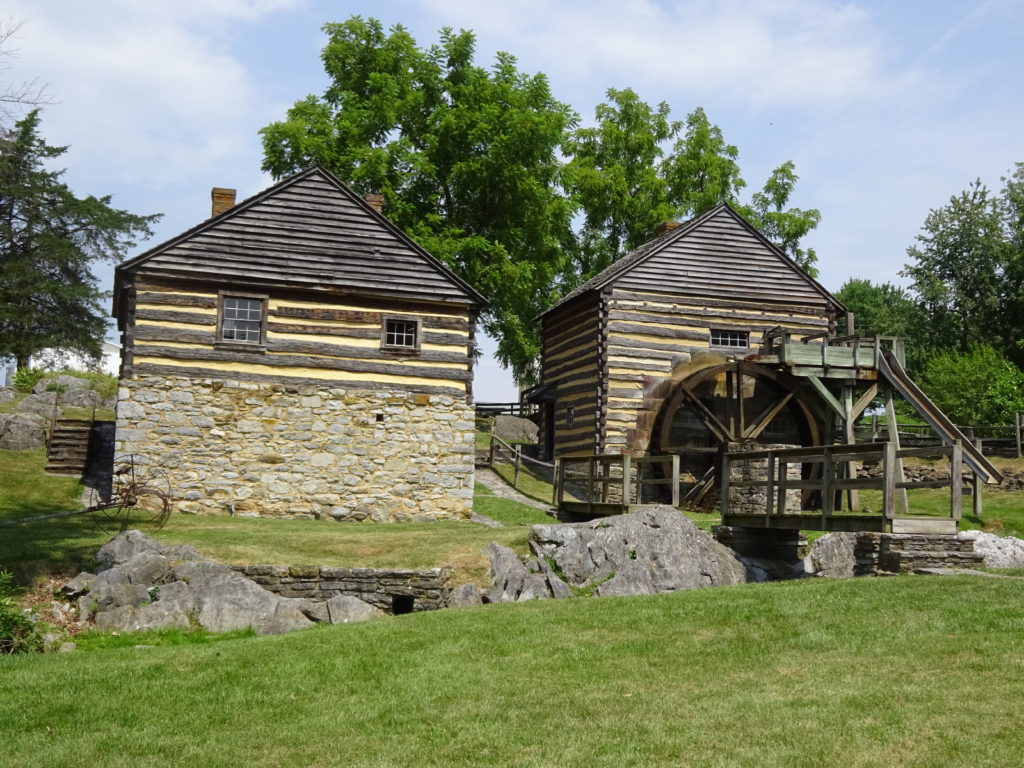
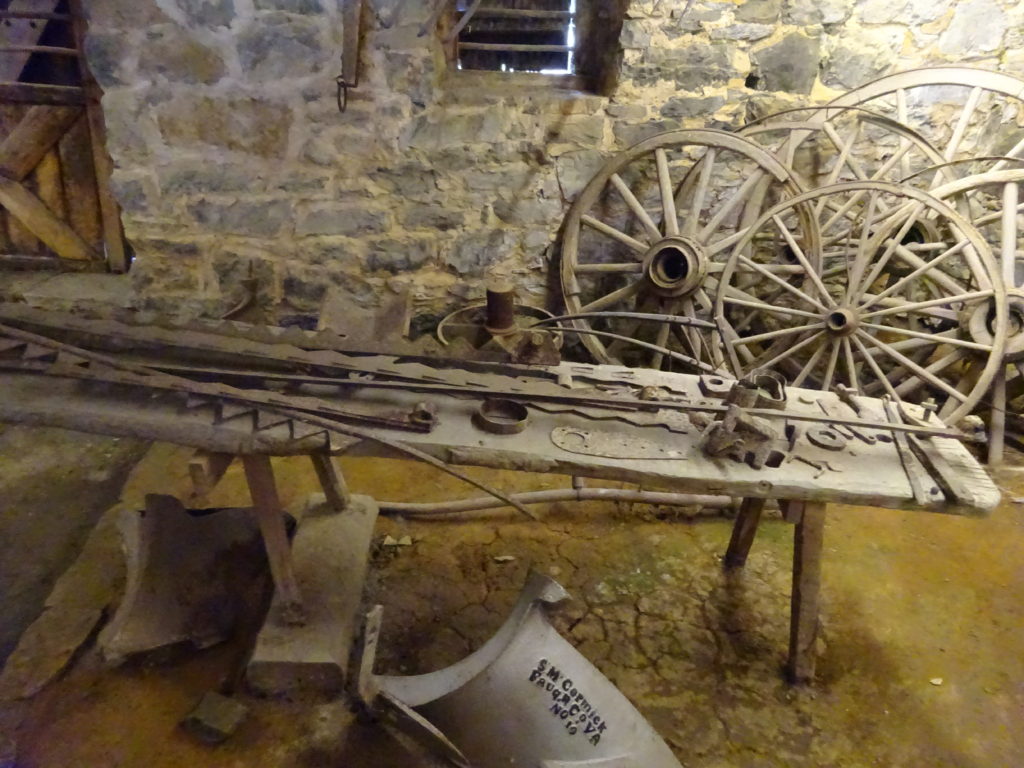







 You’ve heard the schtick. Visit Blarney! Kiss the Blarney Stone! Gain the gift of eloquence! But should you do it? To kiss, or not to kiss, that is the question. Whether ’tis nobler in the mind to suffer the slings and arrows of outrageous condemnation by friends and family who bagger you with the question: “So, did you kiss the Blarney stone or not?” Or to take up arms against a sea of tourists who pay big bucks to participate in nothing but a huge tourist hype…and by opposing, end them.*
You’ve heard the schtick. Visit Blarney! Kiss the Blarney Stone! Gain the gift of eloquence! But should you do it? To kiss, or not to kiss, that is the question. Whether ’tis nobler in the mind to suffer the slings and arrows of outrageous condemnation by friends and family who bagger you with the question: “So, did you kiss the Blarney stone or not?” Or to take up arms against a sea of tourists who pay big bucks to participate in nothing but a huge tourist hype…and by opposing, end them.*

 My Chasing Abraham Lincoln tour took me to Dearborn, Michigan to see the chair. “The Chair.” The rocking chair that Abraham Lincoln was sitting in the moment he was assassinated. The chair is in the Henry Ford Museum of American Innovation, which along with its outdoor venue, Greenfield Village, is a treasure trove for Abraham Lincoln aficionados.
My Chasing Abraham Lincoln tour took me to Dearborn, Michigan to see the chair. “The Chair.” The rocking chair that Abraham Lincoln was sitting in the moment he was assassinated. The chair is in the Henry Ford Museum of American Innovation, which along with its outdoor venue, Greenfield Village, is a treasure trove for Abraham Lincoln aficionados.









